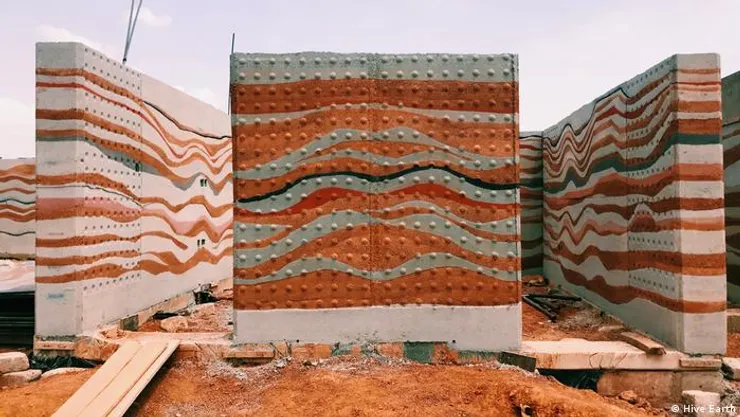By: Michael Day
Yemen’s ancient walled city of Sana’a mud skyscrapers soar high into the sky. The structures are made of rammed earth and decorated with geometric textures that catch the eye. Though thousands of years old, the Houses in Sana’a are strikingly durable, well insulated, and acceptable for modern use. The buildings are still being used today for private residence.
The buildings are so unique that they are a UNESCO World Heritage Site. “The buildings demonstrate exceptional craftsmanship in the use of local materials and techniques,” UNESCO writes in its description of the buildings in Sana’a.
The construction industry accounts for more than 38% of all carbon emissions worldwide. Therefore, our goal to have little to no carbon in the air by 2050 will soon be a reality. It is estimated that there will be 9.5 billion humans roaming the world. For that reason, architects around the world have looked into various methods of housing that show low cost, comfortable living space, and have little to no effect on the atmosphere. For many, the solution is mud housing.
The packed earth allows air to seep in, balancing the air pressure. In addition, earth can be found everywhere; the designers were very practical in the way they made the walls, floors, ceilings, and roofs. Earthbound materials such as straw, bamboo sticks, and nylon lashing can create a very strong, stable, and easy-to-make building.
Many of the inhabitants of mud homes often say that mud is contagious and a wonderful feeling to touch the earth. Plus, no tools are needed, all you need are bare hands. The future of this ingenious design lies in the hands of architects. In ten years, mansions might be made out of dirt!











